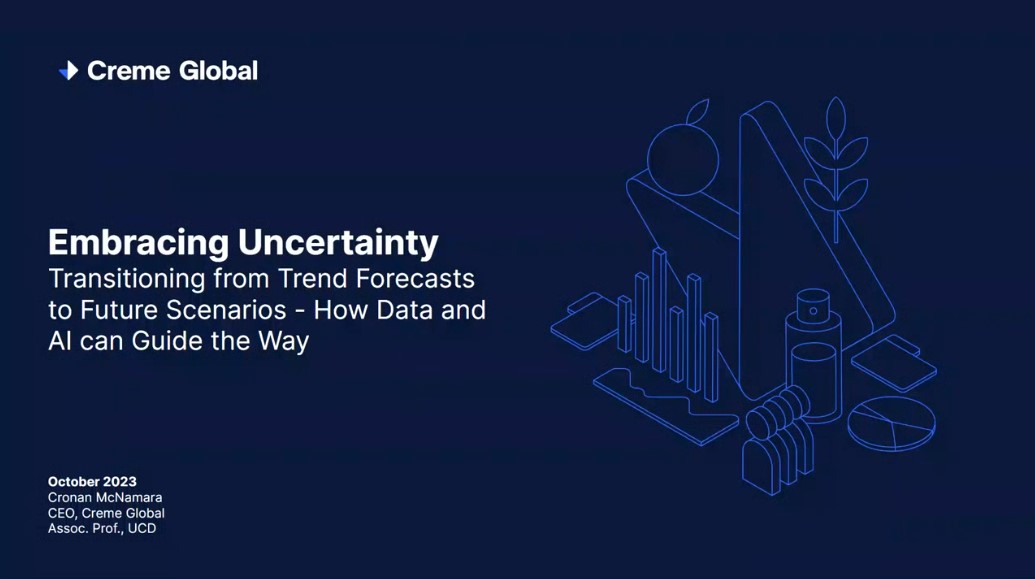The burns were so severe in one case that the woman died as a result of infection. After this, and other incidents, Congress ruled that the FDA (Food and Drug Administration) should have the power to regulate cosmetics. Fast forward to the present day and we can see how important regulations concerning cosmetics and their ingredients are.
In some circumstances, these regulations mandate animal testing, in particular for new, previously untested ingredients. For example, in China it is a legal requirement for imported cosmetics to have been tested on animals. But, broadly speaking, both regulators, and the cosmetics industry, are invested in finding alternatives wherever possible.
The guiding maxim is known as the three Rs, namely Reduction (fewer animals), Refinement (improved procedures), and Replacement (different tests). Creme Global’s products, Creme RIFM and Creme Care and Cosmetics, model consumer exposure to the ingredients of cosmetics and personal care products. In place of theoretical single data points, these models use measured data that capture the, sometimes messy, detail of real people’s real behaviour to provide more realistic estimates of exposure than the worst-case scenario type of analysis that is typically used.
What does this mean for animal testing? It means that the need for new ingredients, which require new tests, can be Reduced. Also, by providing more accurate exposure data, it means toxicity tests can be Refined. Two out of the three Rs!
Is there a global move against animal testing? And are we near a tipping point? I would answer “Yes” and “Maybe”.
Britain banned the use of animal testing in cosmetics in 1998. The EU ponderously followed suit, implementing incremental stages of a full ban that was completed in 2013. Similar bans exist in India, Turkey, Norway, and New Zealand among others. Other countries, in particular Australia and South Korea, are moving in that direction.
The obvious stand out from the list is the US where, although animal testing is not explicitly required by the FDA, it does require that safety be demonstrated satisfactorily, without providing a clear definition of what that means. The Humane Cosmetics Act was introduced to the U.S. congress in 2014. This bill wanted to ban cosmetic testing on animals and eventually to ban the sale of cosmetics tested on animals, but it did not progress and some commentators are pessimistic about the prospect of a ban there.
China, as mentioned above, has strict requirements for animal testing but there have been changes there too which some have interpreted as a first step in moving away from animal testing.
The legal framework and consumer sentiment regarding animal testing in these two enormous markets are what will tip the balance globally. Change is possible in both places, but don’t expect it to be quick.


